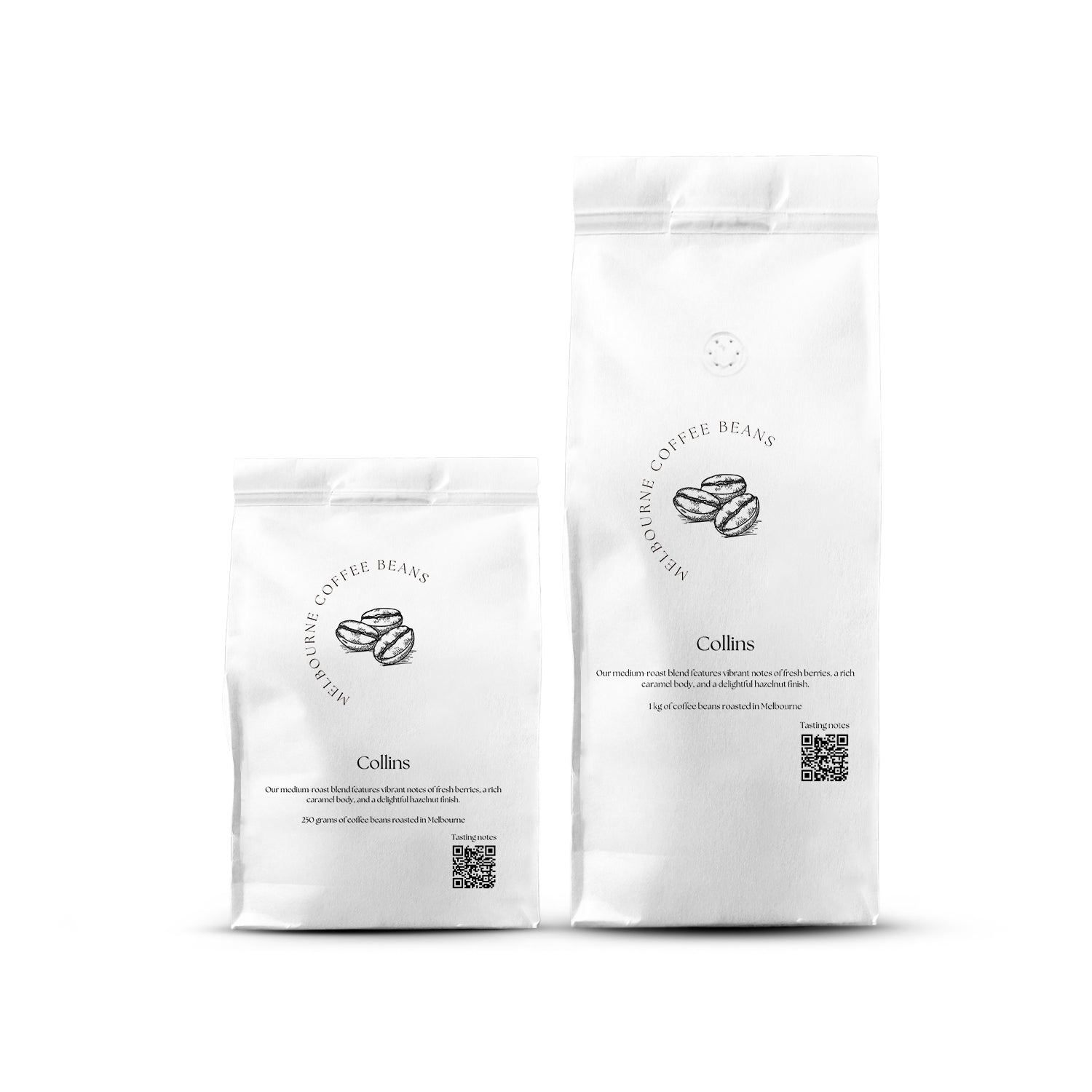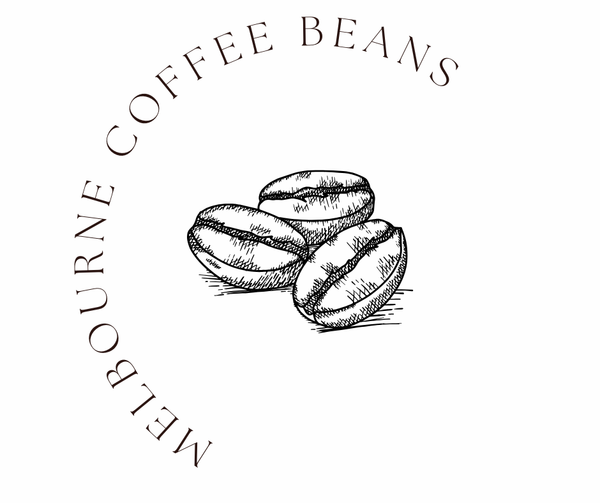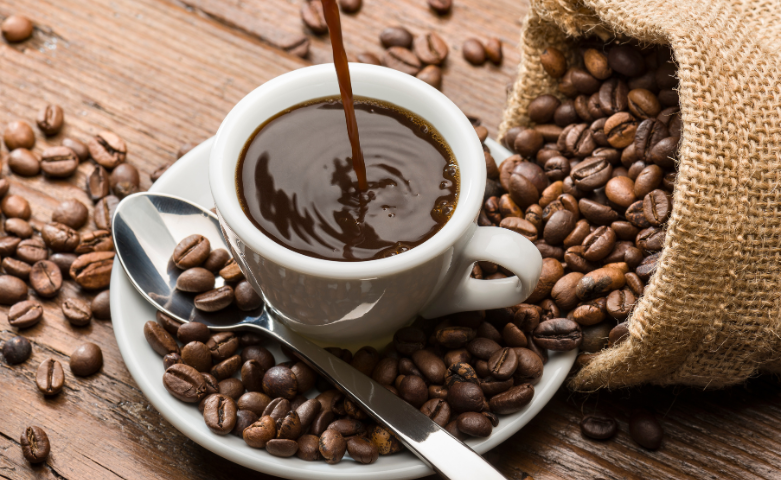How many grams of coffee beans are needed to make the best cup? How much water do I use? These are the most common questions that cafe owners and coffee enthusiasts ask when trying to brew the perfect cup.
Getting this ratio just right is the key to unlocking the full potential of your coffee beans. This sweet spot ensures a balanced and flavourful brew that tantalises your taste buds.
Let's explore how you can achieve this perfect balance and make consistently delicious coffee for everyone.
Key Takeaways
- Aim for a coffee-to-water ratio between 1:15 to 1:18.
- Adjust the ratio based on personal taste and brewing method.
- Use a kitchen scale to measure coffee beans accurately.
What is the Golden Ratio

The golden ratio, also known as the "golden cup standard," refers to the ideal proportion of ground coffee beans to water, allowing for optimal extraction of flavour compounds.
Generally, the accepted standard ratio is between 1:15 and 1:18. For every 1 gram of coffee bean, you should use between 15 and 18 grams of coffee grounds.
- 1:15 Ratio: Stronger brew with more pronounced flavours.
- 1:16 Ratio: Standard, balanced brew.
- 1:18 Ratio: Lighter brew with more subtle flavours.
This specific range ensures that the coffee grounds are neither under-extracted (resulting in a weak, flavourless brew) nor over-extracted (leading to a bitter, astringent taste).
Although the right ratio can vary based on personal preference and brewing method, this golden ratio is still a reliable starting point.
Measuring Coffee Beans for One Cup
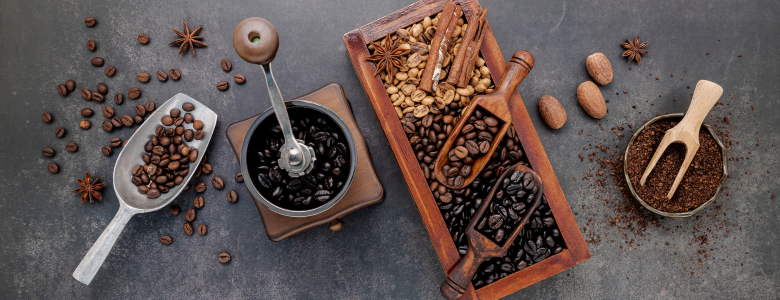
Finding the right proportion of coffee beans and water is essential for brewing coffee because it ensures the perfect balance of sweetness, acidity, and bitterness.
So, how much ground coffee do you need to make one cup of perfect coffee?
The simple answer is approximately 2 tablespoons per cup of coffee. Let's break it down.
In Australia, the standard dine-in cup size is typically 160 to 200 ml, and the standard takeaway cup is around 255 to 295 ml. We're talking about the 8oz coffees here.
Given the recommended ratio we discussed earlier, an 8oz dine-in cup needs about 2 to 3 tablespoons (10 to 13 grams) of freshly ground beans.
And you'll want to increase to 3 to 4 tablespoons (16 to 20 grams) of coffee grounds for the takeaway cup.
Grams vs Tablespoons
Using grams to measure coffee beans is far more accurate than using tablespoons. A tablespoon of coffee can vary in weight depending on the grind size and how tightly it’s packed.
On average, one tablespoon of coffee beans is about 5-7 grams, but this can lead to inconsistencies in your brew.
For the most precise and consistent results, we highly recommend using a kitchen or coffee scale to measure your grounds by weight (in grams). This technique avoids the guesswork involved with measuring cups, spoons, and coffee scoops.
Factors Influencing the Coffee-to-Water Ratio
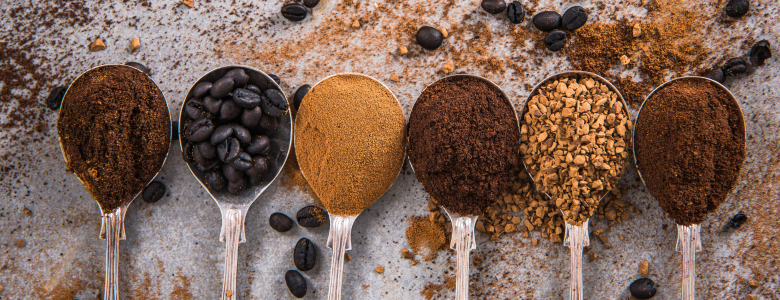
While the golden proportion provides an excellent baseline, it's essential to understand that several factors can influence the ideal ratio for your brewed coffee.
- Coffee Bean Type and Roast Level: Different coffee varieties and roast levels can affect the intensity and flavour profile of the brew. Lighter roasts tend to be more acidic, so you might want to use slightly more coffee to balance the flavours. Darker roasts, on the other hand, can become bitter if over-extracted, so you may want to use a tad less coffee.
- Grind Size: The grind size of your coffee plays a crucial role in extraction. A finer grind will extract more flavour from the same amount of ground, so you may need to use slightly less for the desired strength. Conversely, a coarser grind requires more grounds to achieve the same level of extraction.
- Brewing Method: The ideal ratio can also vary depending on the brewing method you're using. For example, the French press typically requires a coarser grind and a higher coffee-to-water ratio compared to drip coffee makers or pour-over methods due to differences in extraction time and water pressure.
- Personal Taste Preferences: At the end of the day, the "right ratio" is the one that produces your favourite coffee flavour profile. If you prefer a stronger, more robust brew, you may want to increase the amount of coffee grounds slightly. If you enjoy a lighter, smoother cup, you can reduce the grounds accordingly.
Applying the Golden Ratio to Different Brewing Methods
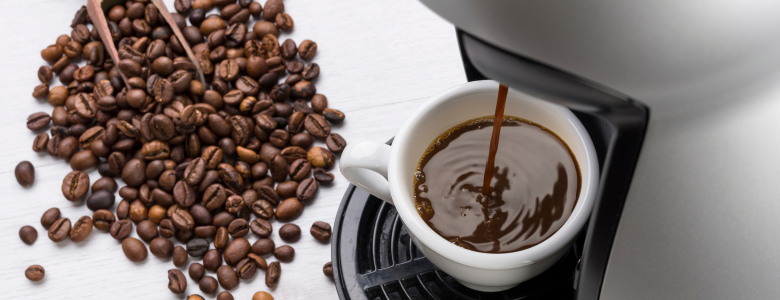
Here are some general guidelines for applying the Golden Ratio to common brewing process:
Drip Coffee Maker:
- For a 160-200ml dine-in cup, use 10-13 grams (2-3 tablespoons) of ground coffee.
- For a 255-295ml takeaway cup, use 16-20 grams (3-4 tablespoons).
- Adjust your coffee grinder to a medium setting for optimal extraction.
Pour Over/Filter Coffee:
- For a 160-200ml cup, use 12-15 grams (2-3 tablespoons) of ground coffee.
- For a 255-295ml cup, use 18-22 grams (3-4 tablespoons).
- Use a slightly finer grind compared to drip coffee makers.
Espresso:
- Use a much finer grind and a lower ratio, typically 1:2 or 1:2.5, due to the short extraction time and high pressure.
French Press:
- For a 160-200ml cup, use 13-16 grams (2-3 tablespoons) of coarsely ground coffee.
- For a 255-295ml cup, use 20-25 grams (4-5 tablespoons).
- The coarser grind and longer steeping time require a higher coffee-to-water ratio.
Cold Brew:
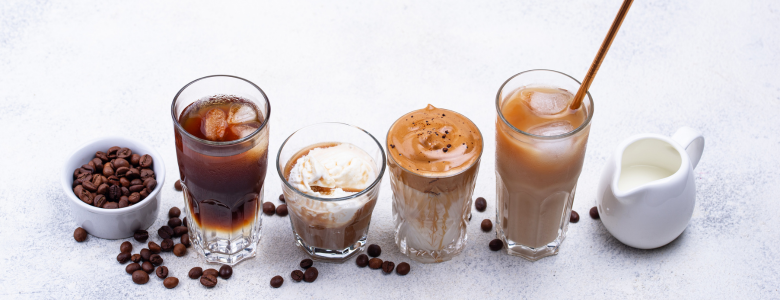
- For a concentrate (to be diluted with water or milk), use a ratio of 1:4 to 1:8 (coffee to water).
- Adjust the ratio and steeping time based on your desired strength and flavour profile.
Remember, these are just guidelines, and you may need to make adjustments depending on the specific coffee beans, your brewing equipment, and your desired taste.
Practical Tips for Consistent Brewing
Beyond nailing the ratio, there are a few other considerations to ensure a consistently perfect brew:
- Use fresh beans - the fresher, the better.
- Grind right before brewing to avoid losing its flavour and aroma quickly.
- Nail the water temperature, between 90°C to 96°C (195°F and 205°F), for optimal extraction.
- Monitor brewing time to prevent under or over-extraction.
- Use clean high-quality water.
- Invest in top-notch coffee equipment, from coffee makers to grinders.
- Regularly clean your equipment to avoid tainting your brew's flavour.
- Measure your coffee precisely for consistent flavour.
- Store your coffee beans in an airtight container away from light, heat, and moisture.
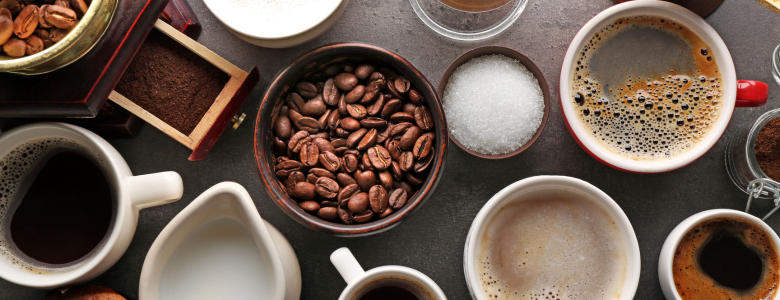
Summary
How many spoons or coffee grams per cup is ideal? Generally, you can use 2 tablespoons or at least 10 grams of coffee per cup.
However, you can adjust the coffee-to-water ratio—don't be afraid to experiment until you find your ideal brew.
Precision is crucial—use a kitchen scale to measure your coffee accurately, grind your beans just before brewing, and maintain the right water temperature.
After all, having a unique flavour profile becomes your cafe's trademark.
Frequently Asked Questions
How many coffee beans do you grind for one cup?
For a standard cup of coffee (8oz or 160-200mL), grind about 9-12 grams of coffee beans, depending on your preferred strength and brewing method.
For a takeaway cup (255 ml to 295 ml), use about 15-18 grams.
The number of whole coffee beans can vary based on the size and density of the beans. However, one tablespoon weighs around 5-7 grams. A gram of coffee beans normally has 5 to 6 beans.
Based on this estimate, one tablespoon contains approximately 25-42 beans. Therefore, you'll most likely need 50 to 84 beans for one cup of coffee (dine-in) and 75 to 210 beans for takeaway.
How many scoops of coffee for 1 cup?
A standard coffee scoop holds approximately 2 tablespoons or 10 grams of coffee grounds. So, you'll typically want 1-2 scoops of ground coffee per cup.
How many cups of coffee from 250g beans?
You can make approximately 16 to 25 cups of coffee from 250g of beans, depending on the coffee-to-water ratio used.
How many tablespoons of coffee beans for 2 cups of coffee?
You need 3-4 tablespoons of coffee beans for two 8oz dine-in cups. 5-6 tablespoons for two takeaway cups.
